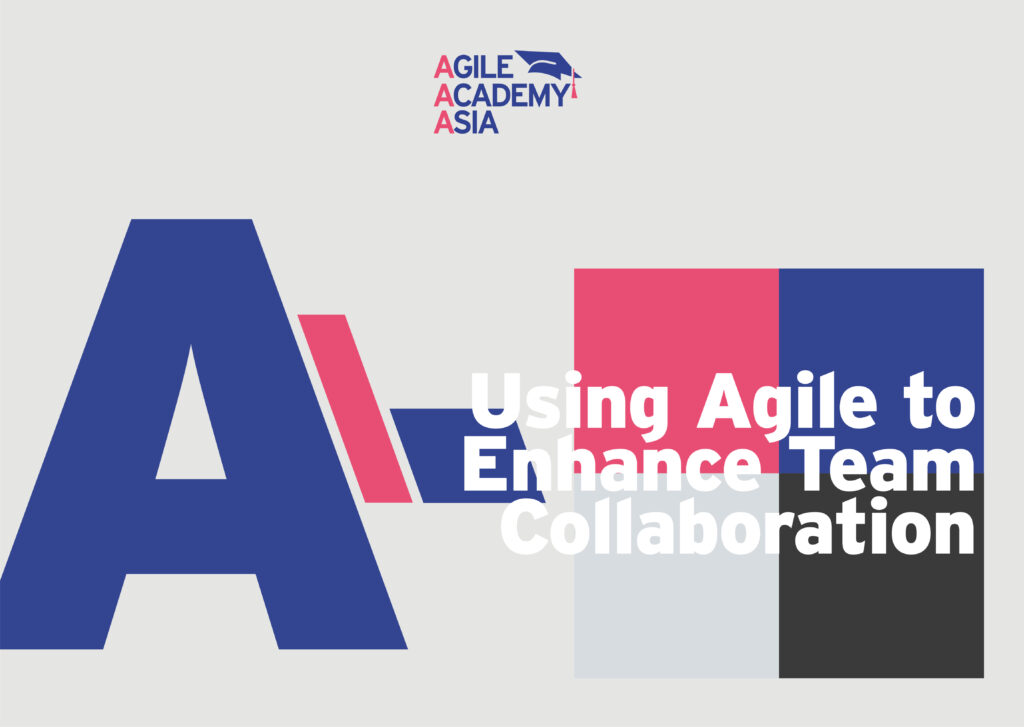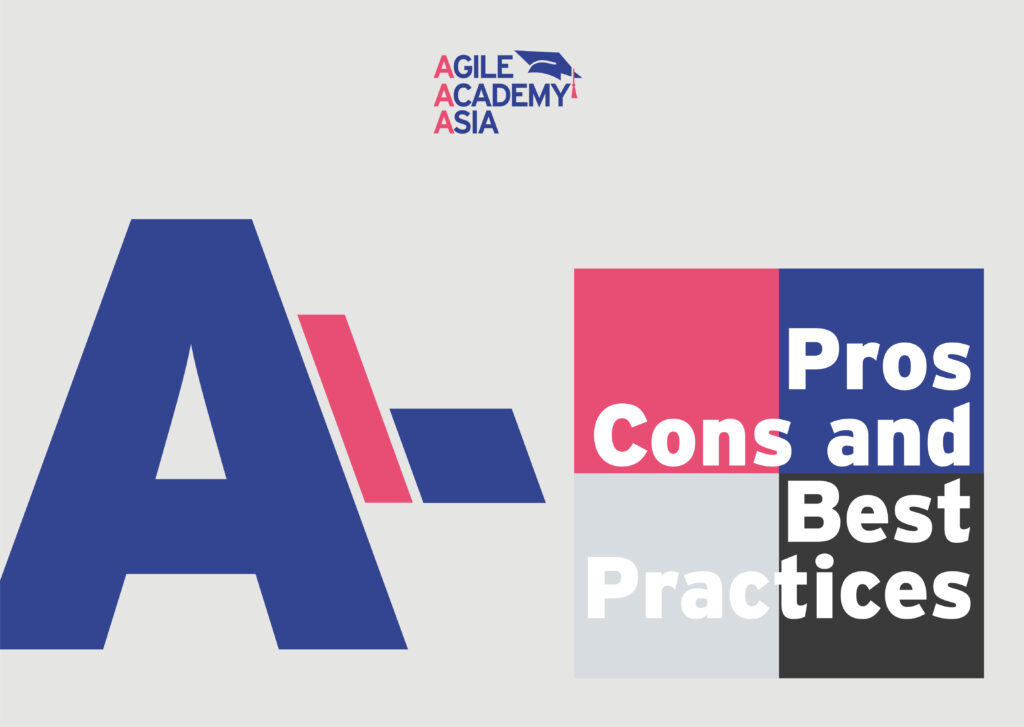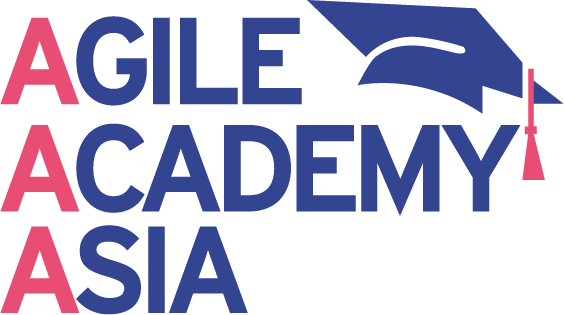Using Agile to Enhance Team Collaboration

Using Agile to Enhance Team Collaboration Agile is a powerful tool for enhancing team collaboration and productivity. Agile is a set of principles, practices, and values that helps teams work together more efficiently. By using Agile, teams can break down complex tasks into smaller, more manageable pieces and create a roadmap for success. In addition, agile encourages collaboration between team members, enabling them to focus on their roles while working together to reach a common goal. Agile provides teams with more flexibility, as they can adjust their tasks and priorities based on changing customer needs. As a result, teams can quickly identify and address issues, reducing the risk of costly delays and ensuring that customer requirements are met on time. Agile also allows teams to define roles and responsibilities within the team better, helping to ensure that everyone is on the same page. Agile also encourages transparency and communication within the team. Teams can identify issues and share solutions quickly. Team members can provide feedback to each other on time, allowing quicker resolutions. Agile encourages teams to be creative and think outside the box, leading to more innovative solutions. Agile motivates people and teams by allowing them to take on full ownership of projects and tasks, enabling them to be creative and innovative in their approach. Agile encourages teams to work together to achieve success and encourages team members to take responsibility for their work. Agile also promotes trust and encourages team members to work together, which can create a strong sense of harmony. Agile teams are empowered to make decisions, innovate, and take risks. This can lead to greater motivation, team engagement, and more opportunities for learning and growth. Agile also offers teams a higher degree of autonomy, allowing them to work in an environment that is more accepting of mistakes and encourages experimentation. Additionally, agile encourages teams to focus on customer satisfaction and feedback, which can create a sense of purpose and accomplishment. Agile Coaching and Guidance Agile coaching and guiding are valuable for creating highly motivated and self-sustaining agile teams. Agile coaching and guidance help ensure that teams are properly prepared with the skills needed to work in an agile environment and that the team members can effectively communicate and collaborate. Agile coaching and guidance also help to foster a sense of ownership and commitment in team members. By providing guidance and direction, team members are empowered to take ownership of tasks and projects and to take responsibility for their own successes and failures. This in turn, leads to greater team motivation and collaboration. Additionally, team members will be more likely to remain motivated and engaged when they are supported and encouraged to take the initiative and make decisions. Agile Academy Asia Agile Academy Asia is devoted to helping teams to become more agile and efficient. It provides online courses, workshops, and certifications to help teams of all sizes better understand agile principles, practices, and values. Agile Academy Asia is important in helping teams become more productive and collaborative. The courses and workshops it offers focus on teaching teams how to break down complex tasks into smaller, more manageable pieces and create a roadmap for success. Additionally, the organization encourages collaboration between team members and promotes transparency and communication within the team. Agile Academy Asia also provides teams with the opportunity to become certified in agile practices. This certification helps teams in Asia stand out and demonstrate their commitment to agile principles and values. By becoming certified, teams can demonstrate their ability to work together efficiently and effectively and show potential employers that they have the skills and knowledge. Author: Pjotr Steinmetz Founder & Owner Pjotr Steinmetz is a leading expert in Agile principles, with a deep understanding of how to successfully transition companies of all sizes into Agile frameworks. As the founder of Agile Academy Asia, Pjotr provides lectures, training, workshops and consulting sessions on the mindset of Agile and on various Agile-driven projects. He is also a Mentor at different accelerators, incubators and universities, where he trains and guides students and Startups in the benefits of Agile. With extensive experience in the Netherlands and Asia, Pjotr is at the forefront of helping companies in their Agile journey. Book a free 30 minutes consultation with him to talk about Agile training, consulting, and transformations.
How to Use Agile to Deliver High-Quality Products Quickly

How to Use Agile to Deliver High-Quality Products Quickly Agile is based on iterative development, allowing more frequent delivery of new features and fixes to existing software. By utilizing Agile, software teams can deliver high-quality products quickly and efficiently. The core of Agile is the idea of delivering working software in short increments. Working software is defined as a product that customers can use rather than just a prototype or proof-of-concept. By focusing on delivering working software, teams can ensure that their products are of the highest quality and can respond quickly to customer feedback. Agile also encourages collaboration between developers and other stakeholders. By bringing together cross-functional teams, Agile allows for more efficient communication and quicker decision-making. This helps to ensure that product features are well-thought-out and that customer needs are met on time. To use Agile effectively, teams must establish a clear vision for their product. This vision should include a timeline, detailed specifications, and user stories. User stories are short descriptions of how a customer might interact with the product, which helps to ensure that the team is creating the right product for the customer. Once the vision is established, teams should create an Agile roadmap. This roadmap should include a timeline for the development and delivery of the product, as well as milestones that should be met along the way. This roadmap helps to ensure that teams remain on track and can deliver on their commitments. To ensure quality, teams should employ rigorous testing protocols. This includes unit testing, integration testing, and user acceptance testing. These tests should be conducted throughout the development process, and any issues that arise should be addressed quickly. Teams should take advantage of Agile’s ability to adapt to change. By adjusting quickly to customer feedback, teams can ensure that their products meet customer needs. This also allows teams to respond rapidly to any issues that arise, ensuring that the product remains of the highest quality. Following these steps, teams can use Agile to deliver high-quality products quickly and efficiently. By focusing on working software, collaboration, a clear vision, an Agile roadmap, rigorous testing, and an ability to adapt to change, teams can ensure that their products are meeting customer needs and are of the highest quality. Coaching and guiding are vital Agile coaching and guidance are vital in delivering high-quality products quickly. This is because Agile is a complex methodology that requires careful planning and implementation to be successful. With proper guidance and support, teams and organizations may be able to understand and effectively adopt Agile. Agile coaches and Scrum Masters provide the necessary guidance and support to ensure that teams and organizations can successfully transition to an Agile framework. They help teams understand and implement the Agile process and provide support and guidance throughout the transformation process. They also help ensure that teams are using the right tools and techniques to collaborate effectively and that everyone is on the same page regarding the project’s goals and objectives. Agile Academy Asia Agile Academy Asia provides valuable help for companies looking to quickly and effectively deliver high-quality products using Agile. The Academy offers extensive training and development opportunities, from on-site and online courses to seminars and workshops. This allows companies to quickly and accurately learn the principles of Agile and apply them to their individual projects. Agile Academy Asia also provides consulting and coaching services to help companies tailor their Agile approach to their specific needs. This includes everything from creating Agile workflows and processes to helping teams transition to using Agile. With the help of experienced instructors and coaches, companies can quickly and effectively transition to Agile and ensure that they work efficiently and deliver high-quality products. By utilizing the resources offered by Agile Academy Asia, companies can ensure that they can quickly and effectively deliver high-quality products using the Agile methodology. This allows them to stay competitive and remain ahead of the curve. Agile Academy Asia provides services to help companies become proficient in Agile, ensuring that they can quickly and accurately deliver high-quality products. Author: Pjotr Steinmetz Founder & Owner Pjotr Steinmetz is a leading expert in Agile principles, with a deep understanding of how to successfully transition companies of all sizes into Agile frameworks. As the founder of Agile Academy Asia, Pjotr provides lectures, training, workshops and consulting sessions on the mindset of Agile and on various Agile-driven projects. He is also a Mentor at different accelerators, incubators and universities, where he trains and guides students and Startups in the benefits of Agile. With extensive experience in the Netherlands and Asia, Pjotr is at the forefront of helping companies in their Agile journey. Book a free 30 minutes consultation with him to talk about Agile training, consulting, and transformations.
Agile Project Management: Pros, Cons and Best Practices

Agile Project Management: Pros, Cons and Best Practices Agile project management is one of the most popular software development and project management approaches. Designed to increase efficiency and collaboration, this methodology is based on the idea of delivering a product or project iteratively and incrementally over time. The agile methodology is made up of several core principles and values, including customer collaboration, adaptive planning, early delivery, evolutionary development, and continual improvement. These principles provide the foundation for the entire agile process, which is designed to be flexible and responsive to change. So what are the pros and cons of agile project management? Let’s take a look. Pros Increased collaboration: Agile encourages collaboration between teams, stakeholders, and customers, which can help to ensure that the project meets customer expectations. Faster delivery: Agile projects are designed to be completed within shorter timeframes, which can allow for faster delivery of a product or project. Increased quality: Agile projects are designed to be completed iteratively, which allows for continuous improvement and higher quality. Improved communication: Agile provides a framework for better communication among teams and stakeholders, which can help to ensure that everyone is on the same page and working towards the same goals. Cons Difficulty in planning: Agile projects can be challenging to plan due to the need for frequent changes and adjustments. Risk of failure: Agile projects can be difficult to manage and can be prone to failure if not appropriately guided. Best Practices Create a backlog: Create a backlog of tasks and features that need to be completed, and prioritize them based on customer needs. Use sprints: Divide the project into small chunks of work that can be completed within a specific timeframe. Monitor progress: Regularly monitor the project’s progress and make adjustments as needed. Communicate often: Establish open lines of communication between teams and stakeholders, and ensure that everyone clearly understands the project. Adapt to change: Be flexible and adapt to changing customer needs and requirements. Coaching and guiding are vital Agile project management is a practical approach to software development and project management, but it requires careful planning and management to be successful. Coaching and guiding are essential for a successful Agile transformation. Agile is a complex methodology that requires careful planning, implementation, and management to be successful. It is also a “people-first” methodology, meaning focusing on how people interact and work together is essential. Coaching and guiding are vital in helping teams and organizations understand and adopt Agile successfully. Therefore, it is important to have an experienced coach or guide to provide guidance and support throughout the transformation process. Therefore, roles like Agile coaches, Scrum masters and transformations leads are essential. Agile Academy Asia Agile Academy Asia is an invaluable resource for companies looking to learn more about the Agile methodology. Agile is quickly becoming the standard for software development and project management, and the Academy provides a comprehensive suite of services to help companies become proficient in Agile. From on-site training and seminars to online courses and workshops, Agile Academy Asia provides comprehensive learning and development opportunities for companies of all sizes. The Academy’s experienced instructors and coaches provide support and guidance throughout the learning process, helping to ensure that companies understand and adopt Agile successfully. Agile Academy Asia also provides consulting and coaching services to help companies tailor their own Agile approach to their specific needs. This includes everything from creating Agile workflows and processes to helping teams transition to using Agile. Author: Pjotr Steinmetz Founder & Owner Pjotr Steinmetz is a leading expert in Agile principles, with a deep understanding of how to successfully transition companies of all sizes into Agile frameworks. As the founder of Agile Academy Asia, Pjotr provides lectures, training, workshops and consulting sessions on the mindset of Agile and on various Agile-driven projects. He is also a Mentor at different accelerators, incubators and universities, where he trains and guides students and Startups in the benefits of Agile. With extensive experience in the Netherlands and Asia, Pjotr is at the forefront of helping companies in their Agile journey. Book a free 30 minutes consultation with him to talk about Agile training, consulting, and transformations.
